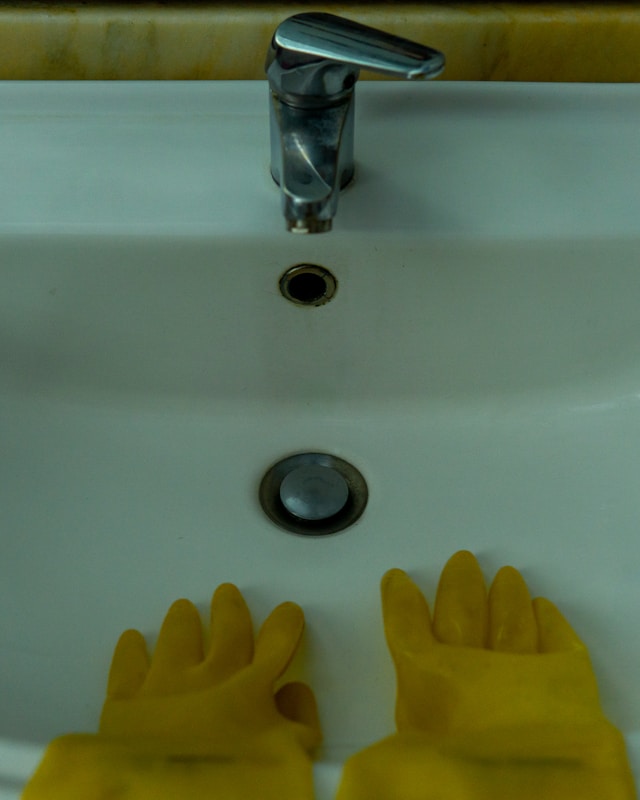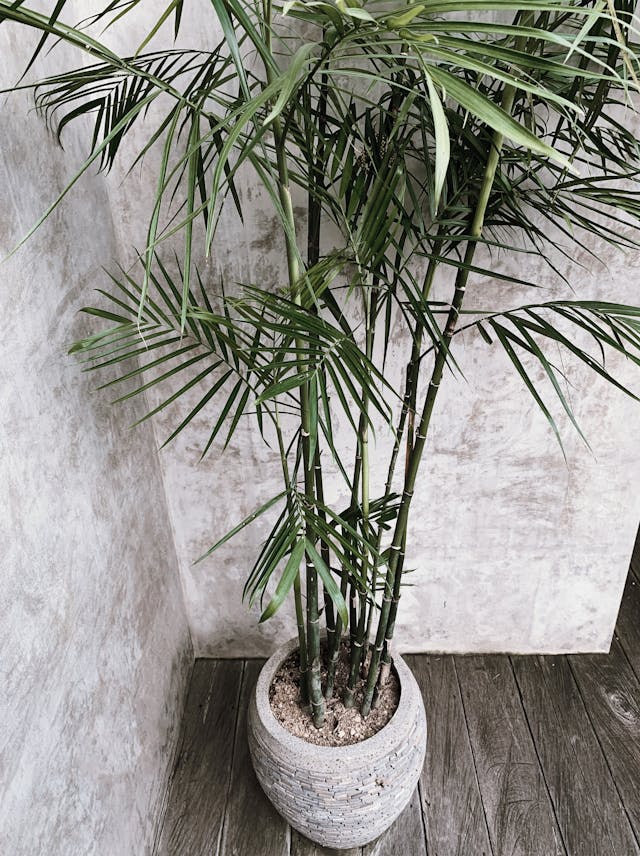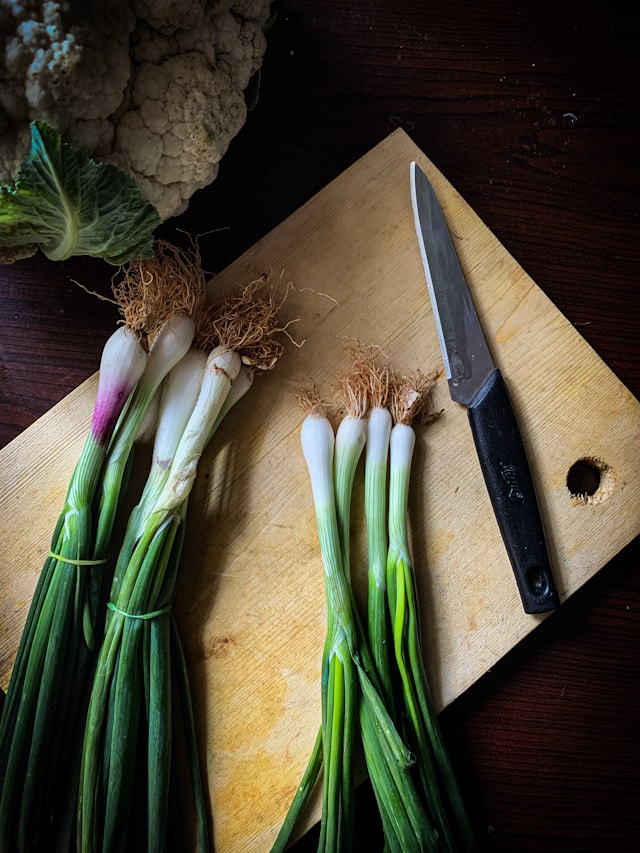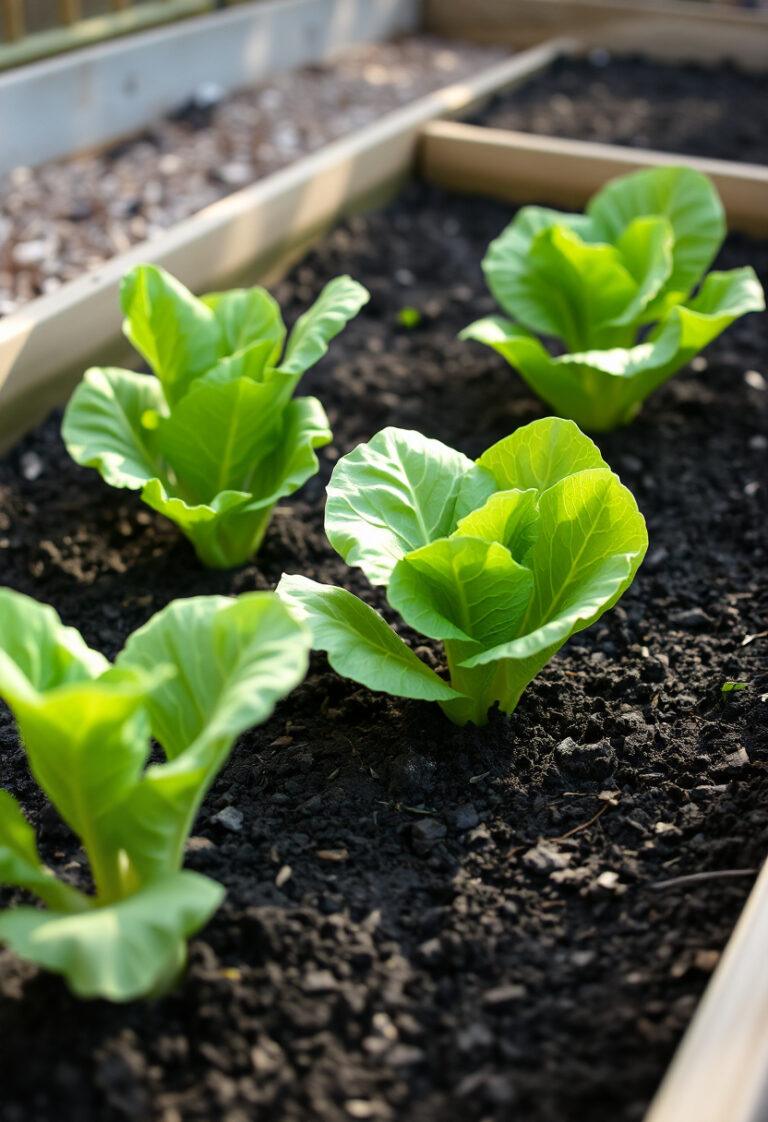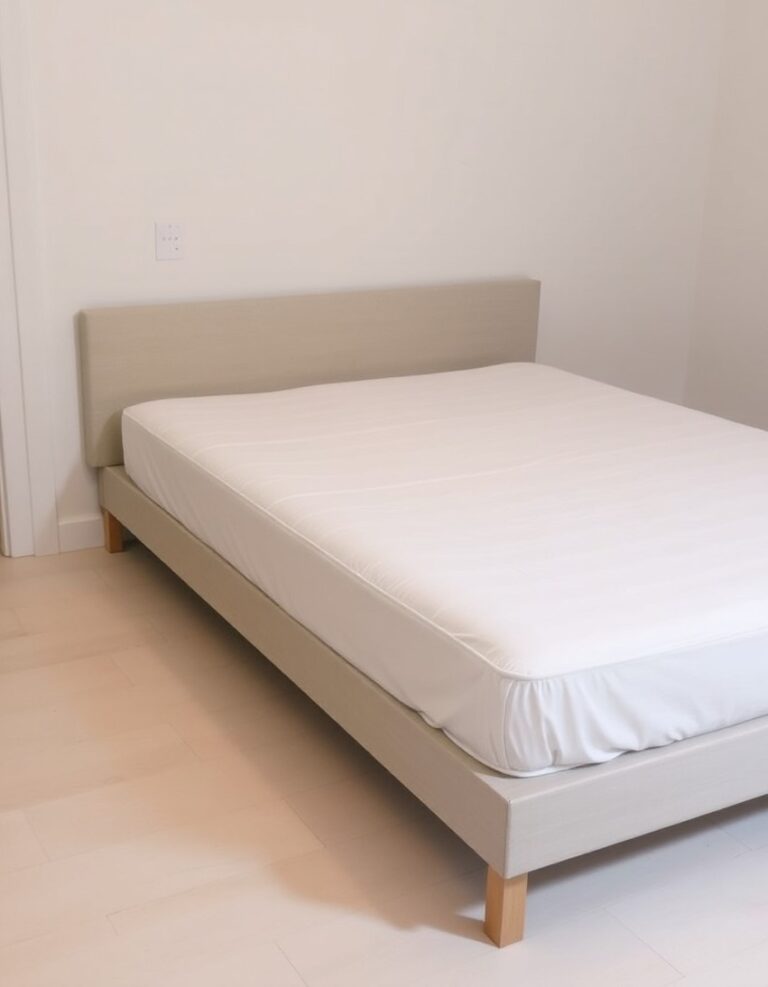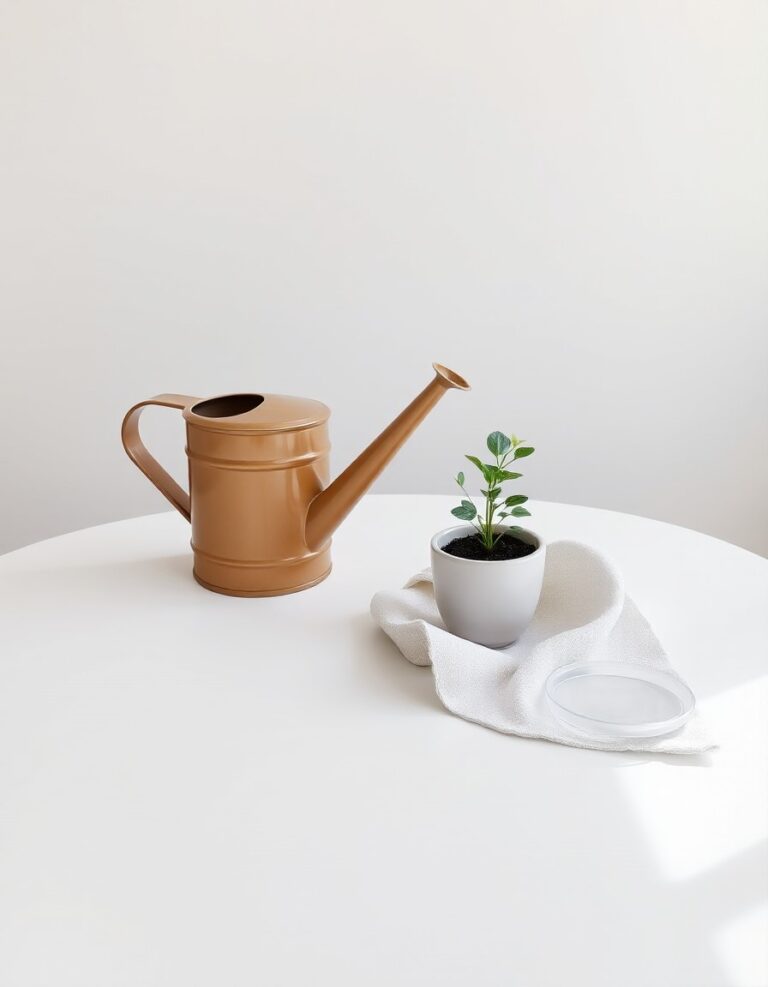
Yellow stains on pillows are a common household problem that can make even the cleanest bedroom look unkempt. Learning how to remove pillow yellowing effectively can extend the lifespan of your bedding and maintain a hygienic sleep environment. This comprehensive guide will walk you through effective methods to restore your pillows to their original white appearance.
Understanding Why Pillows Turn Yellow
Before diving into cleaning solutions, it’s important to understand what causes pillow discoloration. Sweat, body oils, and saliva are the primary culprits behind yellow stains on pillows. During sleep, your body naturally releases moisture and oils that gradually penetrate the pillow fabric and filling.
Dead skin cells also contribute to yellowing over time. Additionally, drool and hair products can create stubborn stains that worsen with repeated exposure. Understanding these causes helps you choose the most effective cleaning approach.
Effective Methods to Remove Pillow Yellowing
The Baking Soda and Vinegar Treatment
This natural approach works well for removing yellow stains from pillows without harsh chemicals. Create a paste using:
- 1/2 cup baking soda
- 1/4 cup white vinegar
- 2 tablespoons warm water
Apply the paste directly to yellowed areas and let it sit for 30 minutes. The alkaline properties of baking soda help break down oils while vinegar acts as a natural whitening agent. Rinse thoroughly with cold water before washing normally.
Hydrogen Peroxide Solution
For more stubborn stains, hydrogen peroxide provides excellent results for yellow pillow stain removal. Mix equal parts 3% hydrogen peroxide and water in a spray bottle. Spray the solution onto affected areas and allow it to sit for 15-20 minutes.
Always test this method on an inconspicuous area first, as hydrogen peroxide can have bleaching effects on some fabrics. This method works particularly well on cotton and polyester pillows.
Enzyme-Based Detergent Method
Enzyme detergents excel at breaking down protein-based stains like sweat and body oils. Use a concentrated enzyme detergent mixed with warm water to pre-treat yellowed areas. Let the solution penetrate for at least one hour before machine washing.
This method is especially effective for cleaning discolored pillow cases and pillow protectors that show early signs of yellowing.
Machine Washing Techniques for Yellowed Pillows
Hot Water Washing
When machine washing pillows to remove pillow yellowing, use the hottest water setting safe for your pillow type. Hot water helps dissolve oils and opens fabric fibers for deeper cleaning. Add your regular detergent plus:
- 1/2 cup white vinegar (natural fabric softener and deodorizer)
- 1/4 cup baking soda (additional cleaning power)
Double Rinse Cycle
Always run an extra rinse cycle when washing yellowed pillows. Soap residue can attract more dirt and oils, leading to faster re-yellowing. The additional rinse ensures all cleaning products are completely removed.
Preventing Future Pillow Yellowing
Use Pillow Protectors
Waterproof pillow protectors create a barrier between your pillow and moisture, significantly reducing yellowing. Choose breathable options that allow air circulation while blocking liquids and oils.
Regular Washing Schedule
Wash pillows every 3-6 months, depending on usage. Pillow cases should be washed weekly to prevent oil buildup from transferring to the pillow itself. This proactive approach prevents deep-set stains that are harder to remove.
Proper Drying Techniques
Always dry pillows completely after washing. Trapped moisture can cause mildew and worsen yellowing. Use low heat settings and add clean tennis balls to the dryer to maintain pillow fluffiness and ensure even drying.
When to Replace vs. Clean Yellowed Pillows

Some yellowing indicates it’s time for replacement rather than cleaning. Replace pillows that smell musty even after thorough cleaning, as this suggests mold or mildew growth. Pillows older than two years with extensive yellowing may not respond well to cleaning efforts.
However, newer pillows with surface-level yellowing typically respond well to the cleaning methods outlined above. Quality down and memory foam pillows are often worth the extra cleaning effort due to their higher replacement cost.
Special Considerations for Different Pillow Types
Memory Foam Pillows
Memory foam requires gentler cleaning approaches. Spot clean yellowed areas rather than soaking the entire pillow. Use diluted enzyme cleaners and avoid oversaturating the foam, which can damage its structure.
Down and Feather Pillows
These natural fill pillows can be machine washed but require careful drying to prevent clumping. Use low heat and frequent fluffing during the drying process. Professional cleaning may be worth considering for expensive down pillows.
Synthetic Fill Pillows
Polyester and other synthetic fills are generally the most forgiving when it comes to home treatment for yellowed pillows. They can handle stronger cleaning solutions and higher water temperatures.
Removing pillow yellowing often doesn’t require expensive products or professional services. With the right techniques and regular maintenance, it’s possible to improve the appearance of your pillows and extend their usable lifespan. The key to success lies in understanding the cause of yellowing and choosing the appropriate cleaning method for your specific pillow type. Consistent care and protection can reduce future discoloration and help maintain a cleaner, more comfortable sleep environment.
Questions & Answers
Can I use bleach to remove yellow stains from pillows?
Avoid using chlorine bleach on pillows as it can damage fabric fibers and filling materials. Bleach may also react with sweat and oils to create permanent yellow stains. Instead, use oxygen bleach or natural alternatives like hydrogen peroxide for safer whitening results.
How often should I wash my pillows to prevent yellowing?
Wash pillows every 3-4 months for regular use, or every 6 months for guest room pillows. Washing pillowcases weekly and pillow protectors monthly can help reduce the buildup of oils and stains, potentially extending the time between deep cleanings.
Why do my pillows turn yellow even with pillowcases?
Pillowcases alone don’t provide complete protection against body oils and moisture. Microscopic amounts of sweat and oils can still penetrate through fabric weaves. Using waterproof pillow protectors under your pillowcases creates a more effective barrier.
Is it normal for new pillows to yellow quickly?
Rapid yellowing in new pillows usually indicates poor quality materials or inadequate protection. High-quality pillows with proper pillow protectors should maintain their appearance for many months. Consider upgrading your pillow protection or pillow quality if yellowing occurs within weeks.
Can yellowed pillows cause health problems?
While yellowing itself isn’t harmful, the bacteria and oils causing the discoloration can contribute to allergies and skin irritation. Yellowed pillows may also harbor dust mites more readily. Regular cleaning and replacement when necessary maintains better sleep hygiene.
What’s the difference between surface yellowing and deep yellowing?
Surface yellowing affects only the outer fabric and typically responds well to spot treatment and regular washing. Deep yellowing has penetrated into the pillow filling and may require more intensive cleaning methods or indicate the need for replacement.

